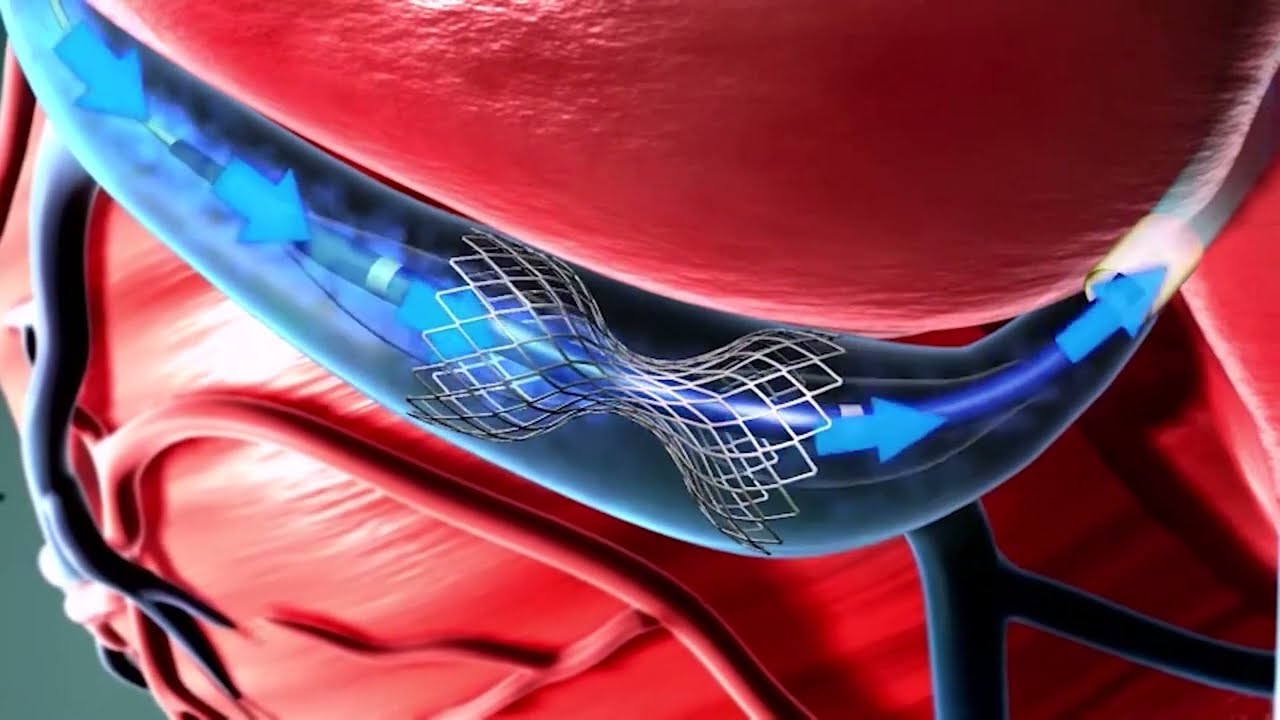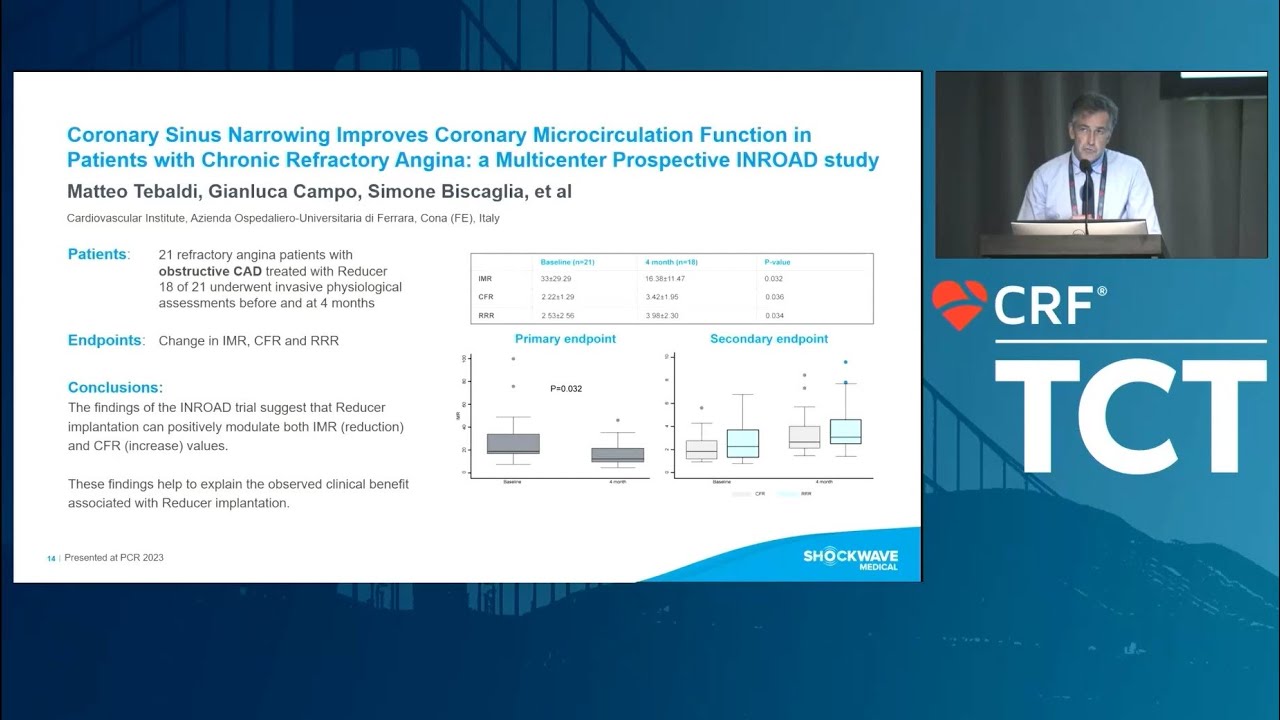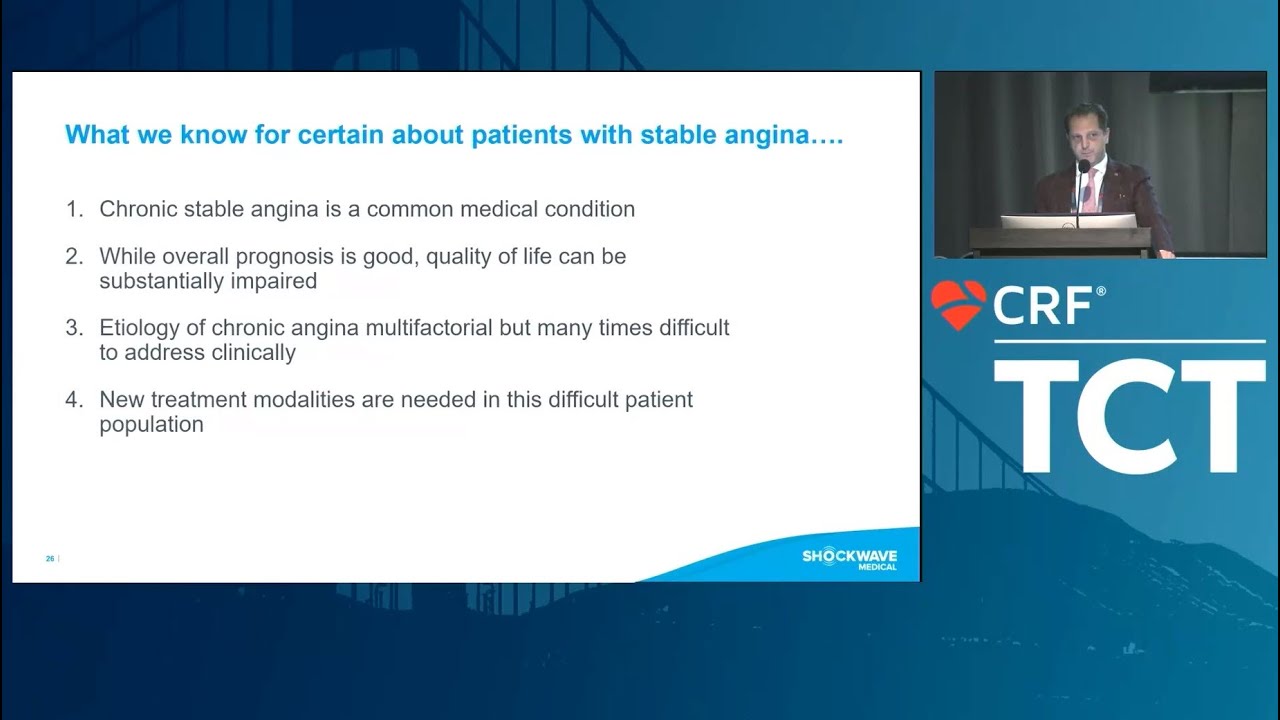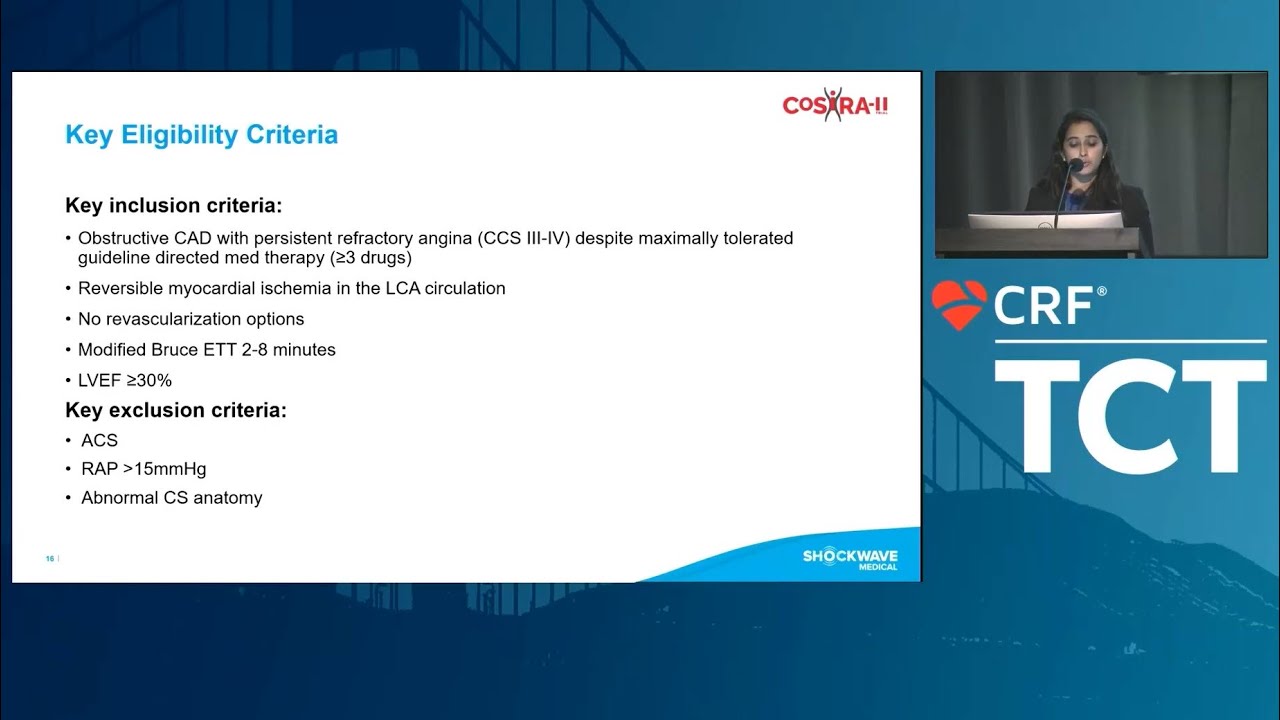Coronary Sinus Reduction for Refractory Angina
Reducing pain. Restoring hope. Millions of patients with coronary artery disease (CAD) suffer from refractory angina despite receiving optimal medical therapy. Shockwave Reducer is designed to treat the symptoms of refractory angina through a permanent, controlled narrowing of the coronary sinus.*
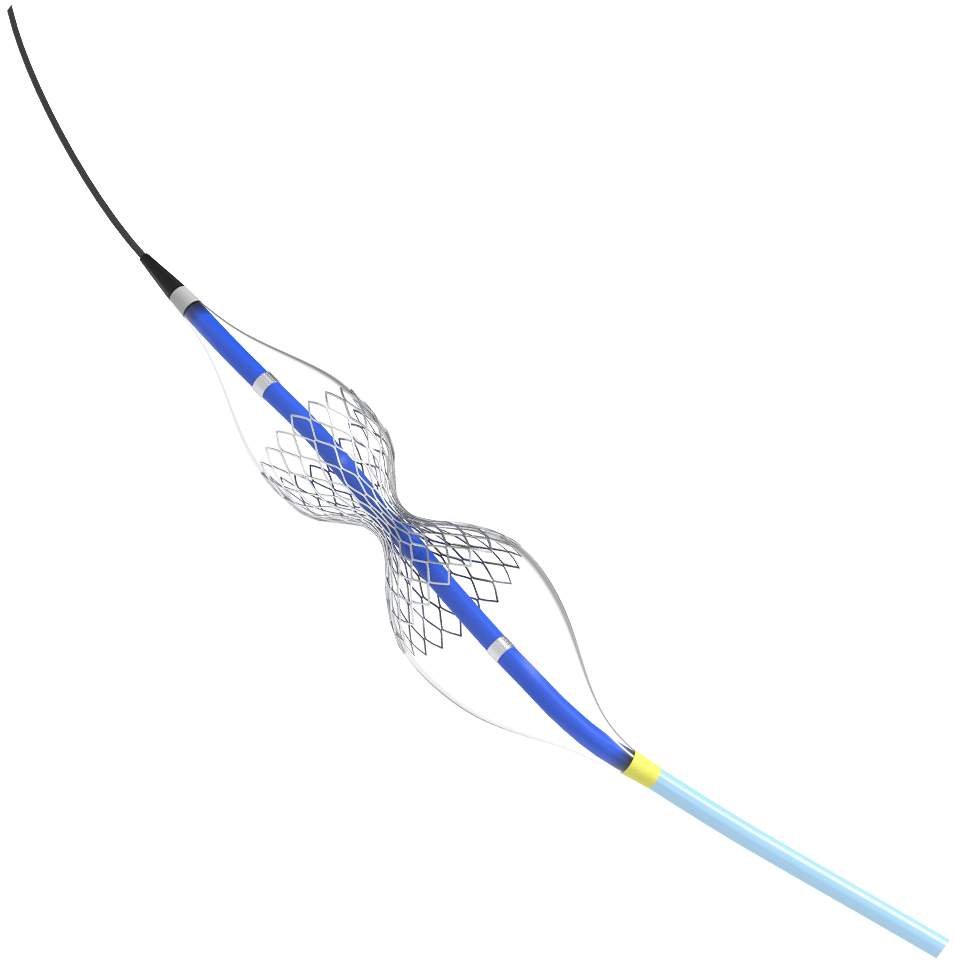

Creating Better Outcomes: Percutaneous Treatment Option for Refractory Angina
Usually a symptom of myocardial ischemia (a lack of blood flow to the heart muscle), angina may feel like pressure or squeezing in the chest and/or pain in the shoulders, arms, neck, jaw or back. Many patients experiencing angina suffer symptoms that are severe, long-lasting and uncontrollable by traditional medical therapies. This severely debilitating condition is known as refractory angina.
- Angina pain is often a symptom of CAD, when plaque buildup occurs in the arteries supplying the oxygen-rich blood to the heart, forcing the heart to work harder.
- Many patients can get relief from their angina through revascularization from a coronary intervention or surgery. However, 25–40% continue to suffer from angina even after successful revascularization.1, 2
- Angina with nonobstructive coronary arteries (ANOCA) is increasingly recognized and may affect nearly one-third of patients undergoing invasive coronary angiography for suspected CAD.3, 4 These patients do not have plaque buildup as a cause for their angina, and currently have limited options.
Mounting Clinical Evidence: Study Results
Accordion Section
Building on Clinical Data: COSIRA II Study
Currently enrolling: COSIRA** II is the next-phase clinical trial designed to gather further evidence of the safety and effectiveness of Shockwave Reducer. The study is a U.S.-based, multicenter, randomized, double-blind, sham-controlled trial. ClinicalTrials.gov Identifier: NCT05102019.
**COSIRA = COronary SInus Reducer for treatment of Refractory Angina
-

COSIRA II Symposium: The Coronary Sinus Reducer
-

COSIRA II Symposium: Angina: The Scope of the Challenge
-

COSIRA II Symposium: The Future of Clinical Data for the Reducer
The physicians featured are paid consultants for Shockwave Medical.
*Shockwave Reducer is commercially available in select European countries and has been implanted in over 3,500 patients. It is currently under clinical investigation in the U.S.
Caution: In the United States, Shockwave Reducer is an investigational device, limited by United States law to investigational use. The Reducer is subject of Investigational testing and is being studied in the COSIRA-II trial in Canada.
Shockwave Reducer is commercially available in certain countries outside the U.S. and Canada. Please contact your local representative for specific country availability. Prior to use, please reference the Instructions for Use for more information on warnings, precautions and adverse events: ifu.sw-reducer.com
1: Abdallah, M. J Am Coll Cardiol 2017;69:2039-50.
2: Stone, G. 2-year results from the ABSORB IV randomized trial. TCT 2019.
3: Patel, M. N Engl J Med 2010; 362:886-895.
4: Samuels, B. J Am Coll Cardiol 2023; 82:1245-1263.
5: Verheye, S. Results from the REDUCER-I Study. ESC 2024.
6: Verheye S, Jolicoeur EM, Behan MW, et al. Efficacy of a device to narrow the coronary sinus in refractory angina. N Engl J Med 2015; 372: 519-527.
7: Foley et al. The Lancet. 2024 Apr 8; https://doi.org/10.1016/S0140-6736(24)00256-3.

